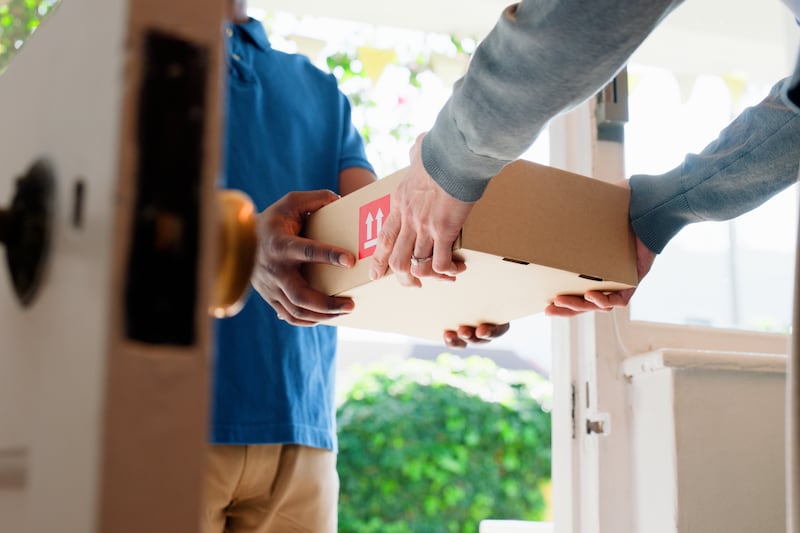Is it better to get a real or fake tree for Christmas? The answer may seem obvious, when it comes to the environmental impact. But there are a few different issues to consider.
Let's start with fake trees. The major downside is that they are made from plastic and are shipped in from far away, usually China, where most of them are produced. An artificial tree is more energy intensive to produce than a real one and is not recyclable, so will languish in landfill for years and years.
Real trees, on the other hand, can be bought locally and replanted or recycled. And while the idea of cutting down trees doesn’t seem very environmentally friendly, Christmas trees are like any other crop and are replaced once they are harvested. Nordmann Firs – which are the most popular Christmas tree – and other varieties are also doing the job of absorbing carbon from the air while they’re growing, which is hugely important in the fight against emissions.
If there’s one upside to artificial trees, however, it’s that they can be reused. One study found that if a household reuses a plastic tree for up to five years, it’s carbon footprint will be smaller than a household that buys a real tree every year. So if you have an artificial tree hang on to it, and make good use of it.
If having a real tree for Christmas is a long-standing tradition in your house, there are a few things to consider before buying. Firstly, how far are you driving to get it? You can offset the benefits of buying a real tree by taking a long car journey. Secondly, it’s important to recycle a real tree so that it doesn’t end up in landfill. It can be reused as wood chippings or mulch (contact your local council or recycling centre to find out about drop-off points). You can also replant some Christmas trees that are kept inside in a pot, though you’ll have to take good care of them.
The environmental impact of both real and fake trees is relatively small in terms of an Irish person’s overall yearly carbon footprint. But there’s an ethical and social argument to weigh up, too. In moving towards a greener economy, it’s important to support indigenous industries. Buying a plastic Christmas tree from China, for example, that uses some of the dirtiest electricity on the planet and is shipped halfway around the world to big retailers, is not what a green and sustainable future looks like. Buying a Christmas tree that’s grown locally, and supports local jobs, is so much better.
One Change is a weekly column about the changes – big and small – that we can all make in our daily lives for the good of the planet. @SorchaHamilton



















